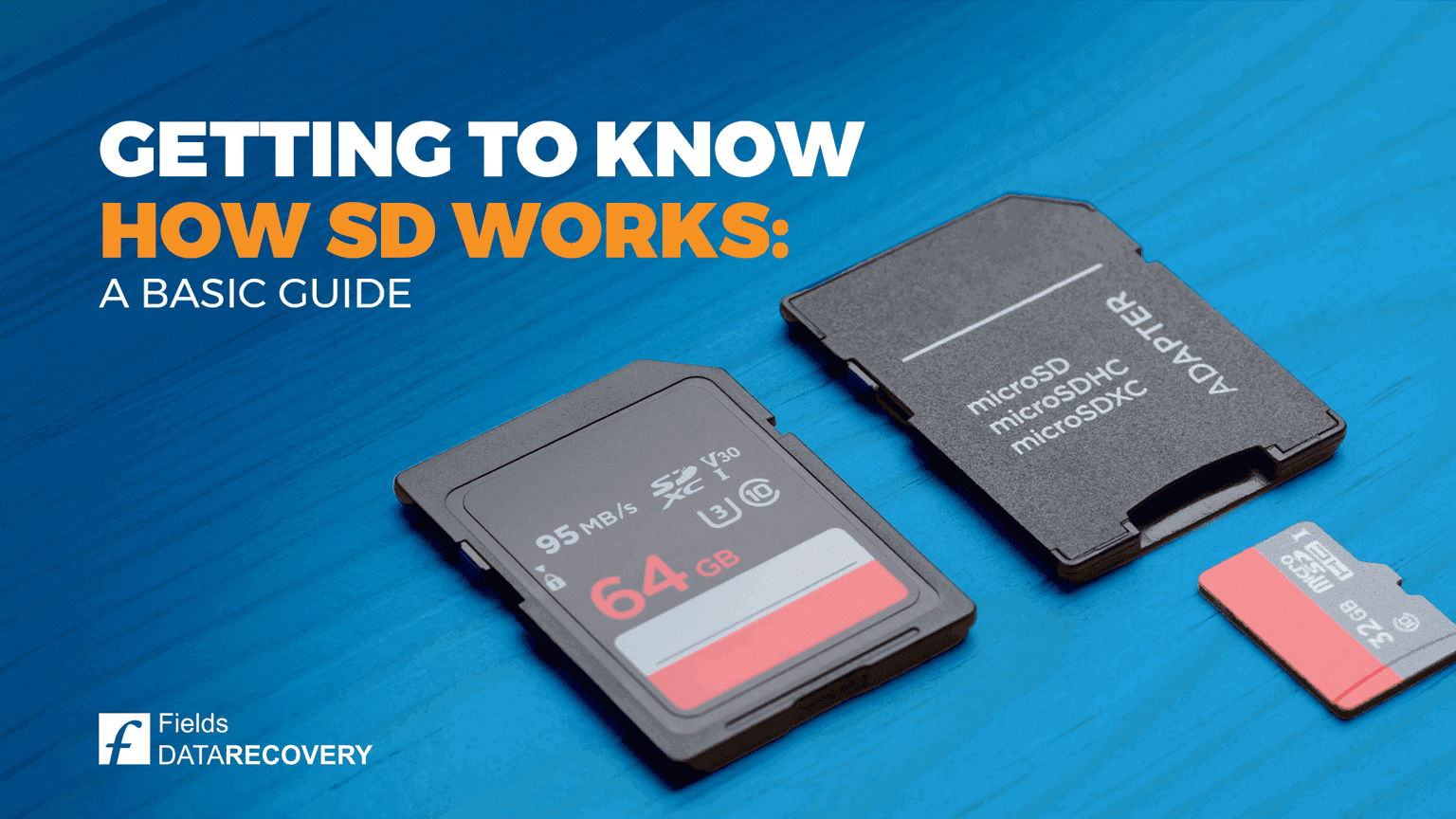Getting to Know How SD Works: A Basic Guide

An SD card is a popular portable storage device used in various electronic gadgets such as smartphones, cameras, and audio players. Due to its versatility, it has become a favourite among on-the-go users who require an instant storage solution. Despite its wide usage, many users still aren't that familiar with how it works. Knowing these technicalities is vital, especially to businesses depending on SD cards for data recovery solutions.
In this blog, we'll guide you through how SD cards work, their storage capacity, types, and where you can use them. We hope that after reading, you'll have a deeper appreciation of this tiny-but-mighty innovation and get to maximise its usage to your advantage.
1. Understanding SD Card Storage Capacity
SD cards are known for their wide storage capacity range, ranging from 128 Megabytes to 1 Terabyte and beyond. SD cards use NAND flash memory to store data, similar to Solid State Drives (SSDs). The flash memory consists of small cells responsible for storing data and retaining it after power is turned off.
It's essential to know that storage capacity is not the same as speed. Higher capacity SD cards do not necessarily have faster data transfer rates. It's recommended to check the speed class rating indicated on the card label to identify whether it's suitable for your intended usage.
2. Types of SD Cards and their Uses
There are several types of SD cards based on their usage, physical size, and memory capacity. The standard-sized SD card is the most popular, but there are smaller SD cards like the microSD and miniSD used for other gadgets like smartphones and tablets.
It's important to note that not all gadgets are compatible with all SD card types, so you must check the device's specifications before purchasing an SD card. Also, SD cards come in different speed class ratings like Class 2, Class 4, Class 10, and so forth, which is essential for data transfer speeds.
3. Choosing the Right SD Card for Your Business
When choosing an SD card for your business, consider your storage capacity needs, speed class rating, and gadget compatibility. You can also opt for SD cards with additional features like waterproof, dustproof, and security features.
Remember, it's essential to get the right SD card to avoid data loss or corruption, which can have a dire impact on your business operations. Can you imagine losing all your stored data due to an inappropriate SD card choice?
4. Proper Handling and Maintenance of SD Cards
SD cards require proper handling to retain their functionality, especially in a business setup. Ensure that you store your SD cards in an environment that's relatively dry, clean, and dust-free. Avoid exposing them to electromagnetic fields that could result in data corruption.
Also, it's advisable to format your SD cards after prolonged use to free up space and enhance their functionality. Lastly, always eject the SD card safely from your device before removing it to prevent data loss or card damage.
Conclusion:
In conclusion, understanding how SD cards work can help you make informed decisions when choosing an SD card for your business. It'll also help you handle and maintain the SD cards appropriately, ensuring longevity and the safe storage of valuable business data. Keep in mind that maintaining the optimal functionality of your SD cards is just as important as choosing the right one.
At Fields Data Recovery, we understand how vital your SD cards are for your personal life or business. Vital data such as photos, memories or important files should never be lost to mechanical failures or data corruption. Contact us today at 0800 083 7891 so our team of highly skilled technicians can recover your lost data.
